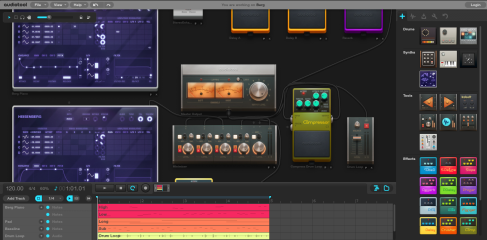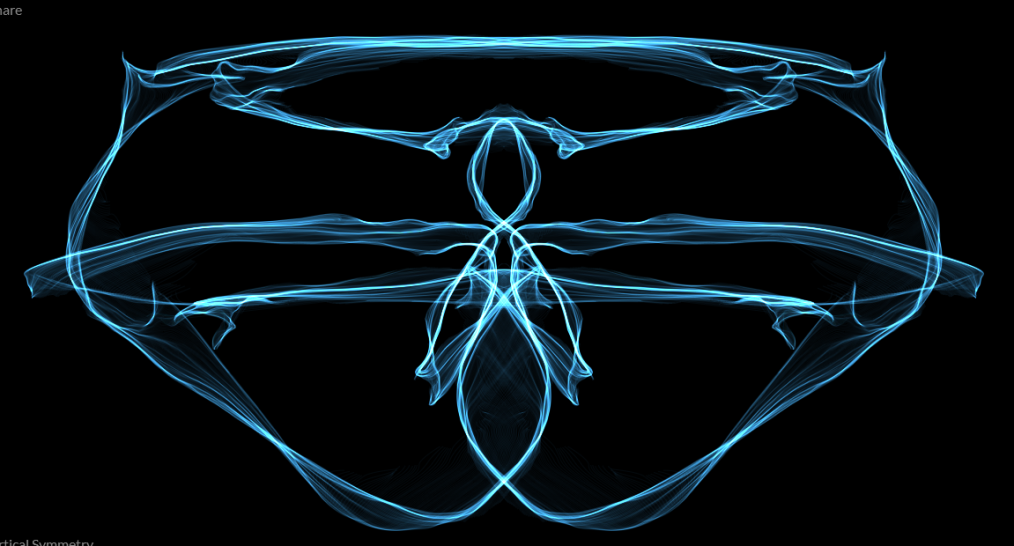Microsoft Visual Studio 2010
Over the last couple of days, I experimented with this neat little program. It’s a series of programs but I didn’t really feel like going through all of them, since they’re all basically the same thing, but with different programming language support.

This is Microsoft Visual Basic Studio. It allows you to easily create your own programs in windows, focusing more on the visual aspect of the program rather than the technical programming side. Programming is involved if you want it to do anything other than look pretty, but the code editor is probably one of the most user-friendly things I’ve ever used.
The start screen offers multiple tutorials if you’re interested in making your own programs.
LÖVE – A powerful 2D game creation framework.
LÖVE, or Love2d, is a Lua based game engine that I’ve been using for a couple years now. With it, you can create a wide variety of different kinds of games. The framework gives you tools to efficiently store, update, and display variables. It combines simplicity with flexibility, and has a wide range of libraries and code snippets available on the wiki, as well as one a lövely forums community that I am proud to be a part of. (also, note that there may be some crude humor within said community, e.g. some of the names of libraries that you may find)
You can find some of the games people have made here: https://love2d.org/wiki/Category:Games
There’s also a very popular love2d developer who used the framework to create the game “Mari0”, as well as “Not tetris”, “Not pacman” and other games you can find on http://stabyourself.net/.
If you want to get started with using the engine to create your own game, there are a few tutorials on the wiki. https://love2d.org/wiki/Category:Tutorials
My short experience with Windows 8
Yesterday, I chose a bad time (10 PM) to begin test-running Microsoft’s beta of their soon to be released operating system, but during that short run, I was a lot more satisfied than I thought I would be.
Common misconceptions of Windows 8 include that the entire OS is this commonly seen “metro view”, where all applications represent squares on a horizontally scrollable screen. This does exist, but it isn’t the base of the OS by any means. It’s actually the equivalent to the start menu in windows 7.
On the metro start screen, you have an application called “Desktop”, which is literally what it is. I wouldn’t really call it an application, myself. In fact, “Desktop” is Windows 7, but with a different theme and no start orb. I consider the lack of a start orb to not really be that much of a problem. After all, the metro screen, which I’ve stated before is basically the start menu, is activated in the same way you would activate the start menu in windows 7, through the bottom-left corner.
For me, this new start menu, as I like to call it, is an improvement over the old one, as I could only pin a limited number of applications to the old start menu, where with this one, I have all the space I could possibly need.
Plus, even when I’m not forced to use it, I still do sometimes. It’s pretty.
Adobe Fireworks
Adobe Fireworks is a unique kind of graphics processing program. It has tools available for when you want to make something nice, but without effort. Obviously you could accomplish something much nicer with more time in photoshop or illustrator, however, again, this is just for quick jobs.
I, personally, like to call it the limited offspring of photoshop and illustrator. It includes the useful features from both programs such as layers, filters, vector graphics, and various drawing tools.
Fireworks also includes a lot of different optimization and compression options for images. For web developers, this is helpful so that images download to the website viewer in less time.
Audiotool – Professional Music Production (Free, too.)
I found this neat little application a while ago and just recently rediscovered it. Audio tool is sort of a simulation of an actual music production studio, using an intuitive interface that has modules representing effects you would apply to sounds.
There are some tutorials, a lot of community-made presets, and it’s all for free. My personal opinion is that I wouldn’t use it for anything super serious, but it’s nice to play around in and I like the work the authors have put into it.
Silk – Demonstration of Amazing HTML5 Technology
The image here was created in about 6 seconds, on this website. This website is basically a giant fancy dynamic glowing pen tool with different symmetry and color options. Playing around in it a bit, you can create a variety of fun, pretty, glowy picture.
I haven’t researched anything about it beyond the website itself, but from what I can tell, it records your mouse position as you drag along the black background, and while the mouse is down, it adds specific coordinates to a list that are randomly offset from the mouse position, while at the same time adding extra coordinates for rendering, depending on speed. You notice, if you move the mouse faster, the waves that are drawn get bigger and wider.
CSS Filters
The other day, I found this amazing demo that displayed effects, such as blurring and color filtering, that before you could only achieve with an image editing software before embedding it into a webpage.
CSS, short for Cascading Style Sheet, is a type of file or markup language responsible for the styling of webpages – all of the pretty colors, boxes and shadows.
CSS support makes it so that you can change an image’s appearance without having to change it’s data, and it makes multiple transitions possible with little effort.
Utilizing this, I’ve created a small example with an image that blurs when you hover over it. I should probably mention that this example only works on chrome, sorry.

